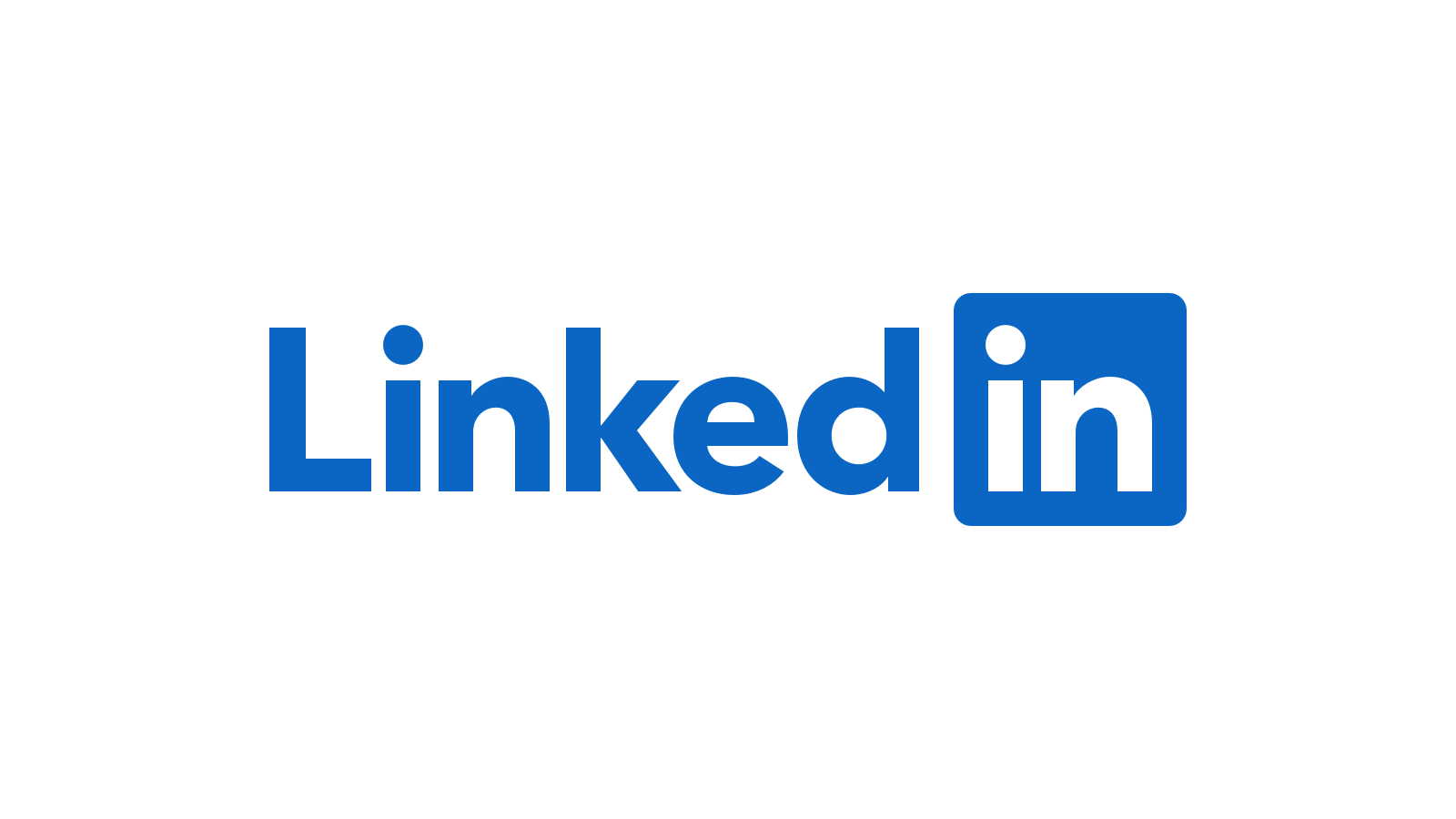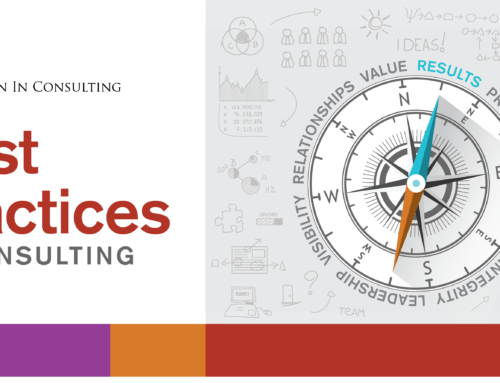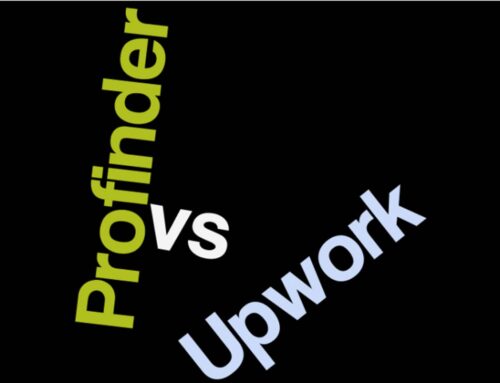In my first “Skeptic’s View” post, I admitted to signing up—grudgingly—for many of the social media tools because they simply aren’t the way I prefer to communicate. However, as a consultant who helps companies develop and implement effective customer communication strategies, it’s my job to understand the various mechanisms by which users want to interact—and more and more users want to interact using social media.
Since diving into the various social media tools, I’ve discovered a lot of value. In addition to giving your clients something they want and expect, you have the potential to gain incredible customer insights and see a side of them that might otherwise remain hidden. I didn’t think I would, and I did—and that stands true for every tool that I’ve tried thus far.
LinkedIn: A Multifaceted Networking Tool
Of all the social media tools available, LinkedIn is the one that I entered with the least amount of skepticism. I “got” the value that it offered, because it was clearly developed for business people. But it wasn’t until a February 2006 Women in Consulting (WIC) meeting that I really started using LinkedIn.
I implemented a number of best practices from that meeting and started benefiting almost immediately; and I continue to benefit today. The single greatest thing about LinkedIn is it offers so many ways to connect with your network and stay on top on of what everyone is doing.
LinkedIn: What’s the Big Deal?
If you’ve never tried LinkedIn or you created a profile but you’ve not done much because, quite frankly, you “don’t get what the big deal is,” here are a just few reasons to consider tapping this resource:
- It’s expected. A LinkedIn profile is pretty much the status quo now. Not having one is considered out of place if you’re a business professional. That said, assess the need for a Linked profile based on your client base (there’s that audience thing again), your professional connections, and your business. If nothing else, this assessment should drive how you build your profile. If it’s deemed not appropriate right now, then at least you know you’re basing your decision not to join on factors that matter most to your business.
- Project and job offers are a real possibility. If you stay top of mind, employ marketing and networking best practices, and you “know your stuff” (in other words, you’re good at what you do), your first tier connections will recommend or even use you. You may even find work via referrals when a second or third-tier connection solicits their network, asking if anyone knows of a good “fill in the blank.” I know I have received project offers via LinkedIn, simply by following some of the basic LinkedIn best practices.
- It’s a way to stay top of mind. LinkedIn is a lot more than an online rolodex. You can easily keep your network up to date on what you’re doing, with numerous tools for staying top of mind.
- Twitter-like status update bar. Your connections do read these. Maybe not everyone, and maybe not every day. But people do read them.
- Connection updates on your home page. Not only do your connections see what you’re up to if you update your status, but your home page contains a flow of what your connections are doing. I love this feature. I quickly and with little effort know what my connections are doing and feel more connected than I do with quarterly emails or calls. If offers opportunities to reach out to them. The key is being authentic and sincere. I regularly look at my home page feeds and respond when I have something to say related to what a connection is doing. Sometimes it’s encouragement and congratulations; other times it’s a suggestion; and yet other times it’s just to say “hi,” it’s been a while since we talked. The opportunities for connecting are as varied as your connections.
- LinkedIn update emails. LinkedIn also sends (if you elect to receive them) regular updates of what your connections are up to—this is the same type of information that appears on your home page. So, you don’t even have to go to LinkedIn to stay up to date.
- Multiple interaction points. The home page and email updates don’t just filter status bar changes. They track new connections, when you answer questions, when you join a group, when you update your profile or recommend someone. All of this is fed to your connections’ LinkedIn home pages and email updates (if you allow it).
- You can demonstrate thought leadership. There are so many opportunities to demonstrate your thought leadership and join the conversation in LinkedIn, including:
- Let your network know when you’ve written an article/blog post, presented at a conference, wrote a book, gave a talk, etc. using the status update text box.
- Answer questions posted in LinkedIn Answers. There are a host of categories from which to choose. Remember, whenever you answer a question, your response is posted in your connections’ feed (at least they should be—you control what’s sent).
- Pull your blog posts into your LinkedIn profile.
- Start and join discussions in your groups (join groups, too, if you haven’t). By the way, Women in Consulting (WIC) has a LinkedIn group.
LinkedIn: Best Practices (Tips & Tricks)
- Complete your profile:
- Spend time considering how you want to present yourself, how prospective connections might view you when reading your profile.
- Gather the information you’ll need to complete your profile (if people are interested, I’ll include this in a subsequent post).
- Edit your public profile settings—remember the more you show, the more people outside of your network can learn about your services, expertise, and skill set.
- Add connections. I don’t advocate being a LION—LinkedIn Open Networker; be selective. Your connections can reflect on you. You can also open yourself up to people who are a bit “spammy” in their communications. In fact, with every social media tool, I advocate quality over quantity—but I also advocate using these tools to build relationships, too.
- Build your recommendations.
- Join groups related to your areas of interest and expertise.
- Spend time on your home page reviewing what people in your network are doing.
- Review the applications that LinkedIn offers for ones that might benefit you.
- Participate:
- Post status updates on your home page.
- Answer questions posted in LinkedIn Answers.
- Interact with other group members, asking questions, answering questions, sharing information, joining discussions
- Don’t make it all about you and your products and services.
- Don’t SPAM
- Request introductions form your network, or send InMails if you have a premium account, to people you’d like to connect with. (See “Working Those LinkedIn Connections” for more on InMails and how to use them.)
LinkedIn: Bottom Line
If you’ve not joined LinkedIn yet, check it out and see if it’s right for you. But don’t show up for the party half dressed. You’ll likely send a negative message.
If you’re on LinkedIn but only half dressed, put on some clothes. Complete your profile. Give some real thought to the best way to do it, looking at it from your audience’s perspective. Be authentic—can’t stress that enough—and don’t be “sales-y.”
And remember, why you should care. LinkedIn is a great way to:
- Build brand awareness, promote events, demonstrate thought leadership, and disseminate information
- Stay in tune with what others are thinking
- Increase your visibility and community size
- Collaborate online
- Keep your database current
- Recruit volunteers, employees, and resources








